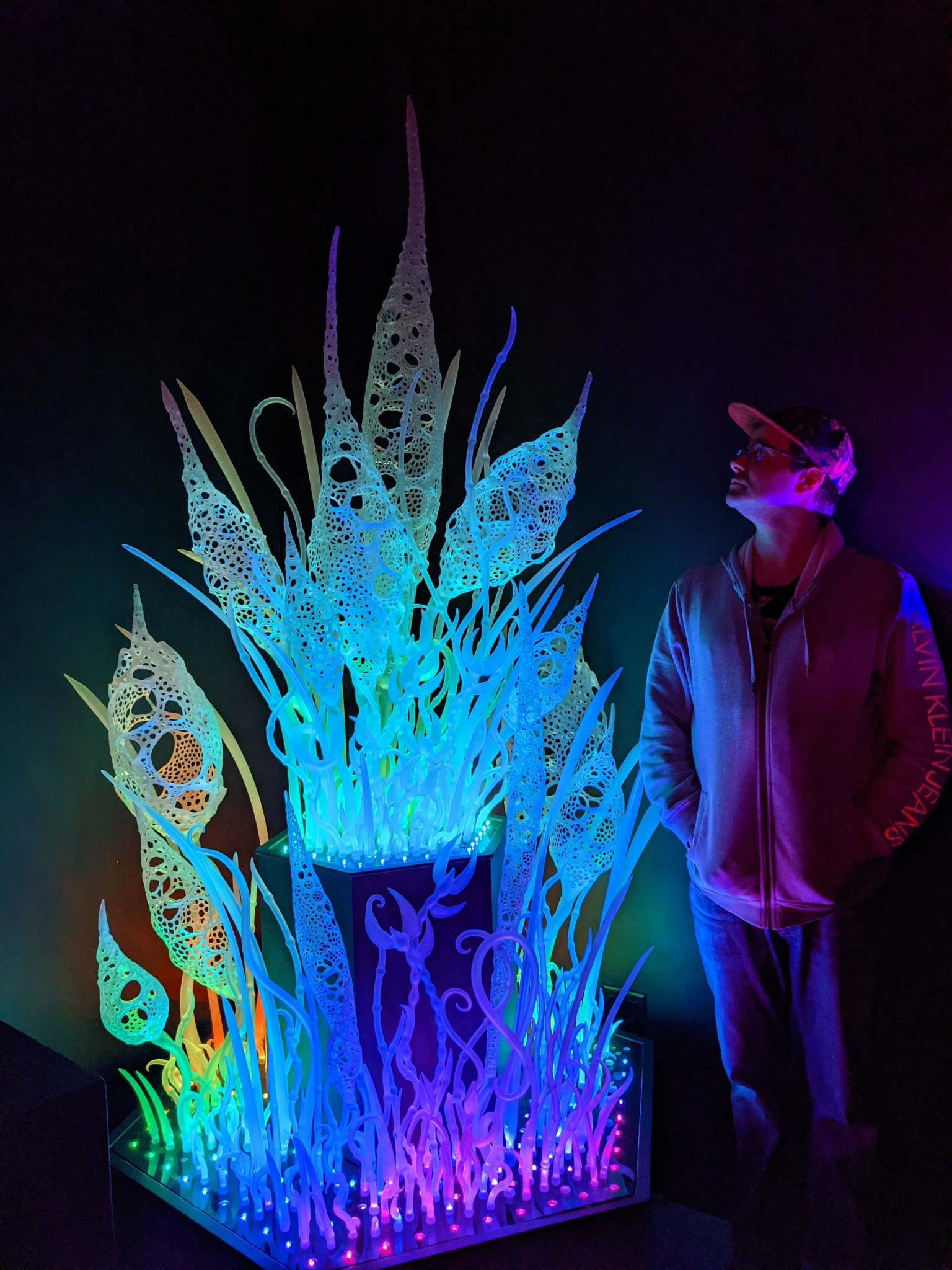Alright – so today we’ve got the honor of introducing you to Alex Ubatuba. We think you’ll enjoy our conversation, we’ve shared it below.
Hi Alex, thanks for joining us today. Learning the craft is often a unique journey from every creative – we’d love to hear about your journey and if knowing what you know now, you would have done anything differently to speed up the learning process.
I had a growing interest of how to work with glass. The material always fascinated me when I was growing up. As a teenager, I began collecting glass pipes . I met a pipe maker and bought a piece off of him on the lot of a Widespread show at UIC in 1997. At that point I realized, these were made by a person and there was a lifestyle attached to creating these objects. Summer of 2000 I signed up for a couple of glass blowing classes through the Art Institute of Chicago. After successfully creating some basic objects, I brought my finished pieces to two local glass artists in my hometown. They recognized some skill and sold me one of their torches. From there on I was wanting to learn as much as I can and eventually took on an apprenticeship with them. The repetition of creating production work was essential to developing the necessary hand skills to work with glass. Flameworking glass requires a great amount of time with material to learn the technical aspects that are necessary to create sound work. Lots of failure and broken pieces are inevitable. Balancing timing of your heat and and quality of your seal work together and need to harmonious to be successful. Once the rhythm and fundamentals are harnessed, glass can truly be a limitless material to work with. That obsession of how far I can push the limits of scale led me into new territory of creating sculptural objects to test what possible

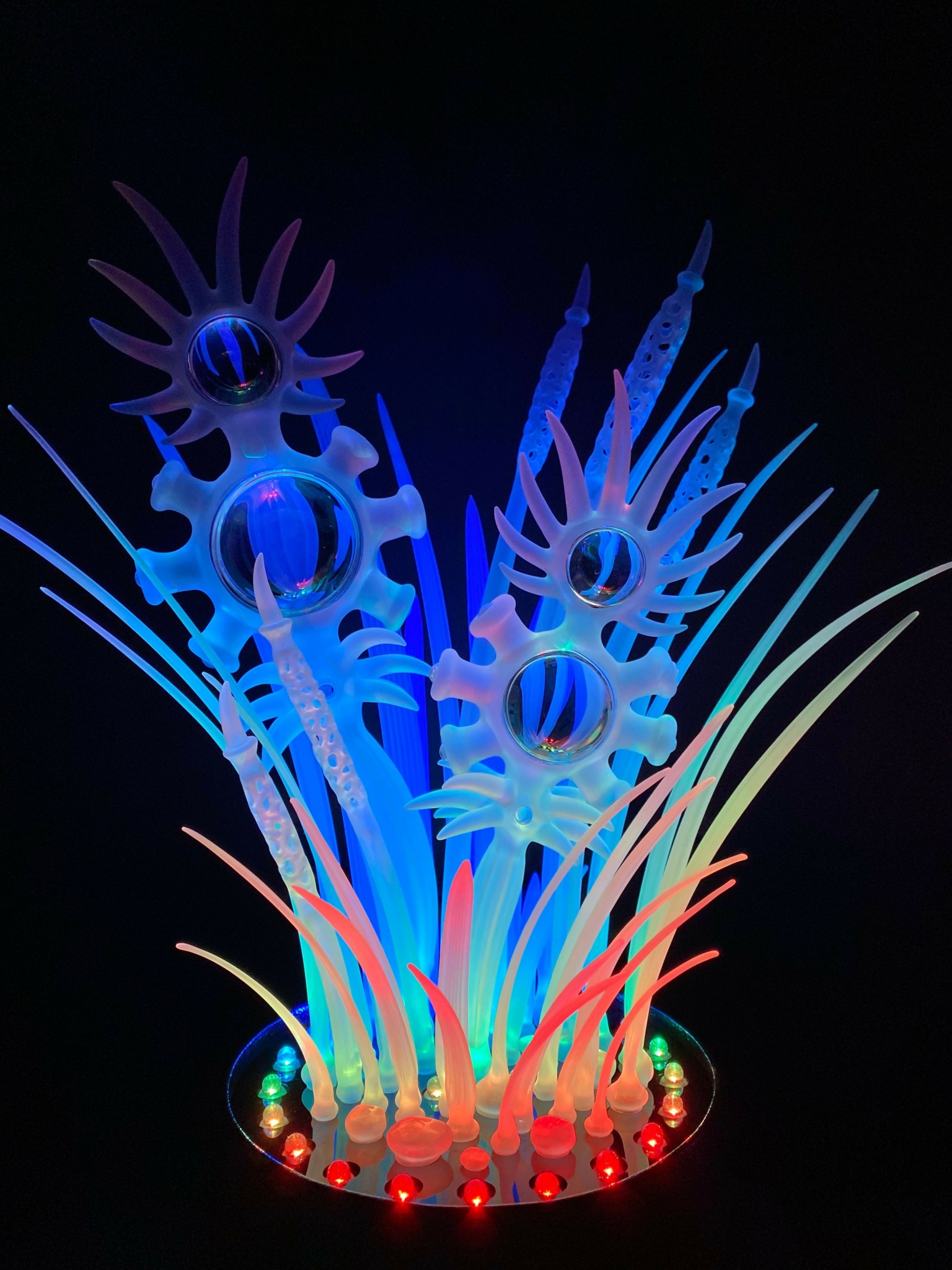
Alex, love having you share your insights with us. Before we ask you more questions, maybe you can take a moment to introduce yourself to our readers who might have missed our earlier conversations?
I spent years working art fairs and eventually wholesale trade shows creating products that were efficient to make. How many of an object in a day always was dictating what I would create . As my skills could follow up the more complicated ideas I had, I began to spend more time on details and work towards more high end pieces. When I shifted gears to sell work at Music festivals in 2008, I began to find people that wanted the most amount of effort into a piece. I began to ask myself some questions like: How many attachments can I fit on this piece? How many layers of color can I combine to have a palette that is unique to my work? How large can I make the piece? I was genuinely exploring the material and was able to sell these pieces. Moving to Colorado in 2009 to work with the artists at the Shackman Studio in Denver, changed everything. Working with my friends that had the same goal of pushing the limits the material allowed the conversation of us to work together to find new limits and potential for what was possible. With the medical cannabis money running through the underground, the buyers also became interested in what the limit was and some ground breaking commissions began to come into play. Finding my voice with glass was really coming into fruition. Once I created the glass Warlock pendant, I found a niche in glass jewelry that changed my life. I eventually adapted the motif into my functional work that solidified a unique style that I gained a great amount of success with. After visiting the playa from Burningman, I saw larger than life art and the use of LED illuminates life into piece. Immediately after that moment, I began explore ideas involving sculptural objects and lighting. With the idea of Jupiter’s 6th moon Europa harboring life with in the oceans under neath its frozen shell, I began the Light Sculpture Series. Influenced with the idea of creating extraterrestrial bioluminescent corals, I had a limitless platform to explore texture, scale and optics. The series allowed me to successfully sell sculptural objects instead of functional works. I am currently looking into getting my foot in the door to create public funded art. I want to leave monumental pieces that bring technical awe and presence for my legacy in the next going years.
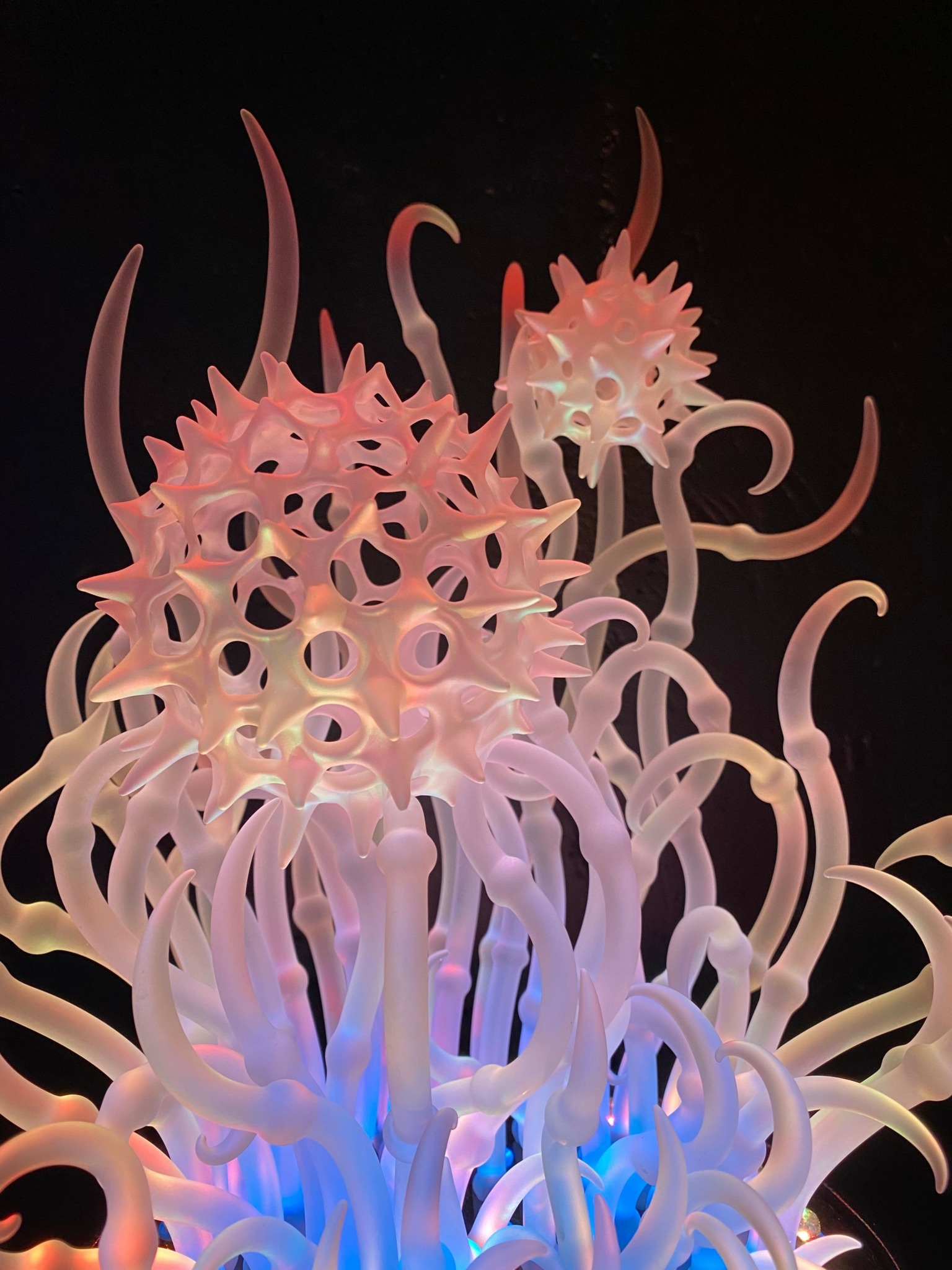
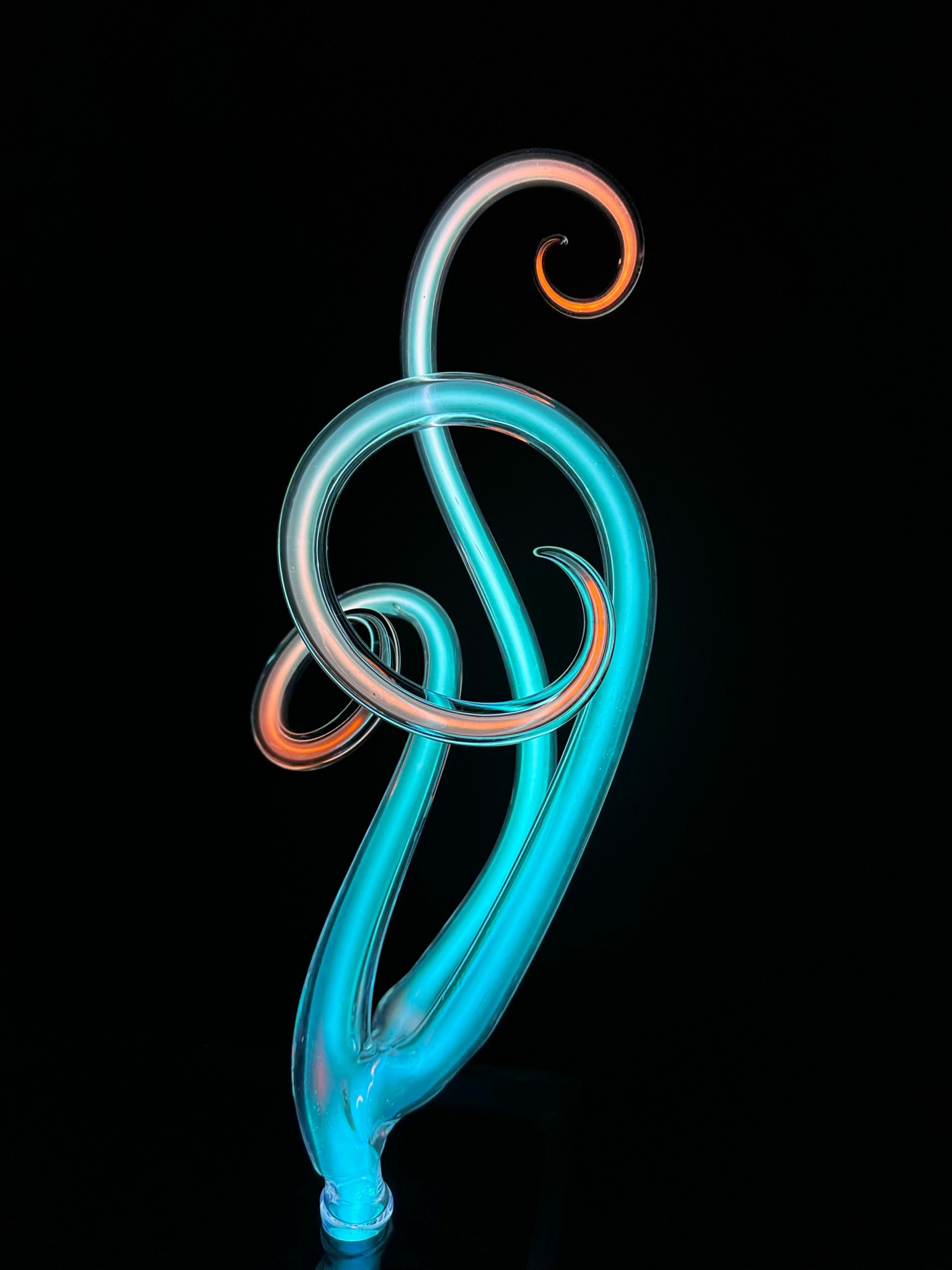
What do you think is the goal or mission that drives your creative journey?
Now that I have harnessed to the necessary equipment and skillset to create glass art with an impactful scale, I want to explore art within public places. Whether its commercial lightning jobs, use a museum’s space to bring my installations into public view, or receive funding to create for a permanent placement, I want to share my true potential as an artist. I built my studio Satellite 6 to be a hub from creating ground breaking flame worked glass art into the public eye.
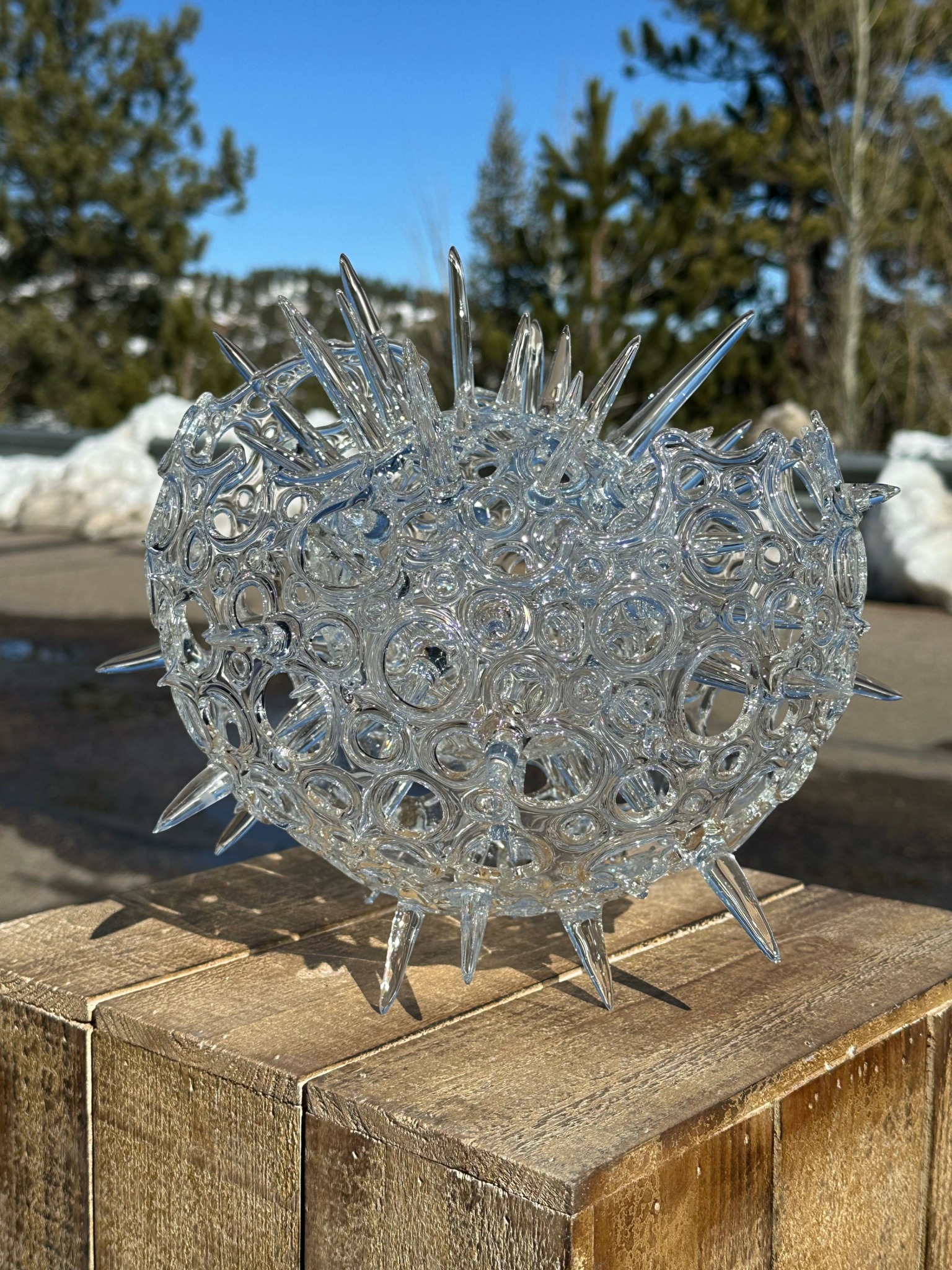

Can you tell us about a time you’ve had to pivot?
Back in 2003, the federal government led by John Ashcroft cracked down on the sale of glass pipes through the internet. It was dubbed “Operation Pipe Dreams”. A handful of artists, sellers and even Tommy Chong were arrested and put on trial. Our main wholesaler we worked with had their door kicked down by the DEA. This moment forced us to change direction immediately . Our livelihoods were changed over night from making great money independently with a single buyer, to figuring out how to be “an artist”. We bought ez up tents and began to explore local art fairs and begin to teach more classes. This evolution was a slow start, but eventually a formula came to light on how to one successful in that field. Learning to sell directly to the customer was new territory and we began to catch success that was similar to what we had an achieved with out main wholesaler.
Contact Info:
- Website: https://alexubatuba.com
- Instagram: @alexubatuba

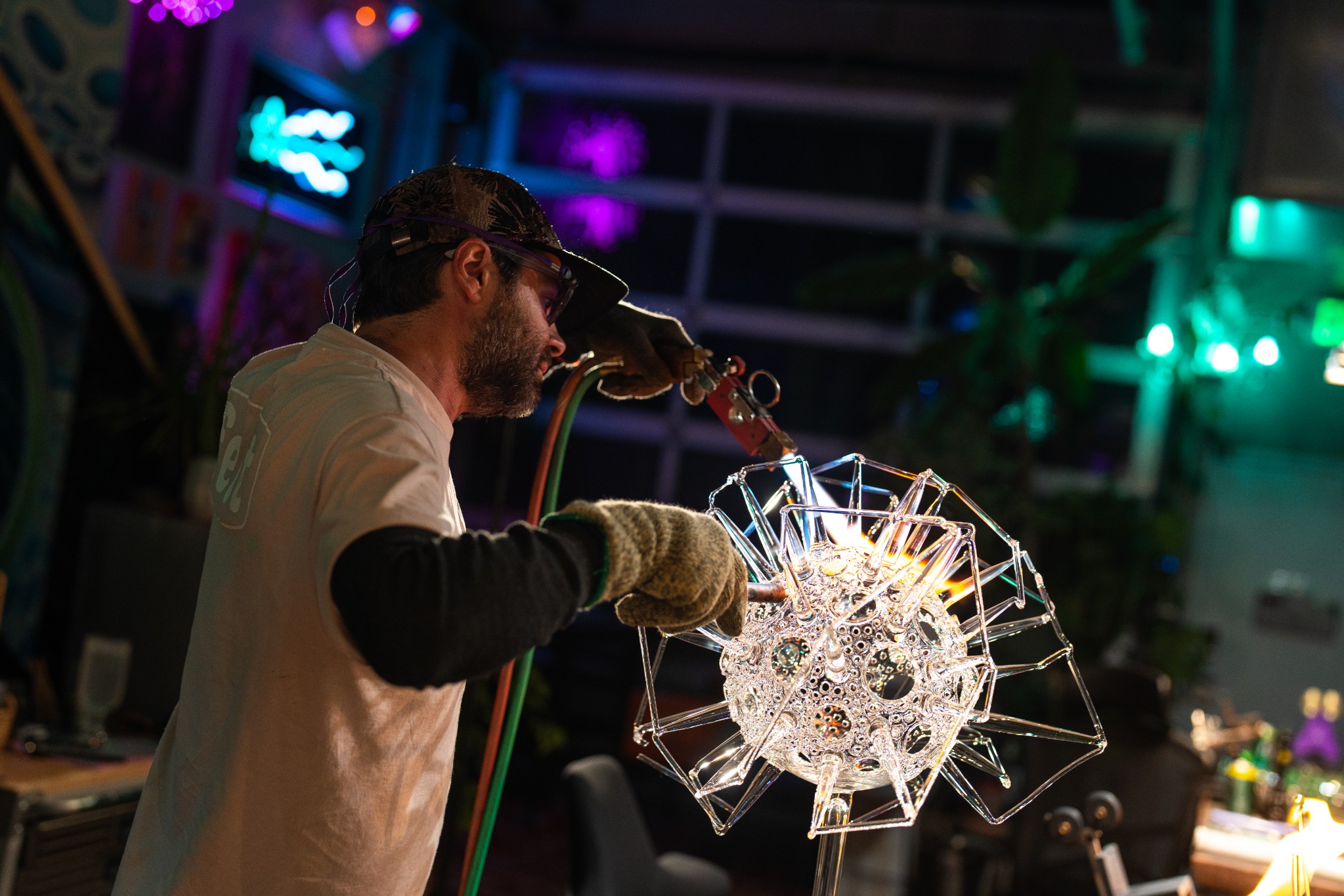
Image Credits
Picture of me by the large sculpture by Mike Lustig
Photo of me working by Mark Santos


